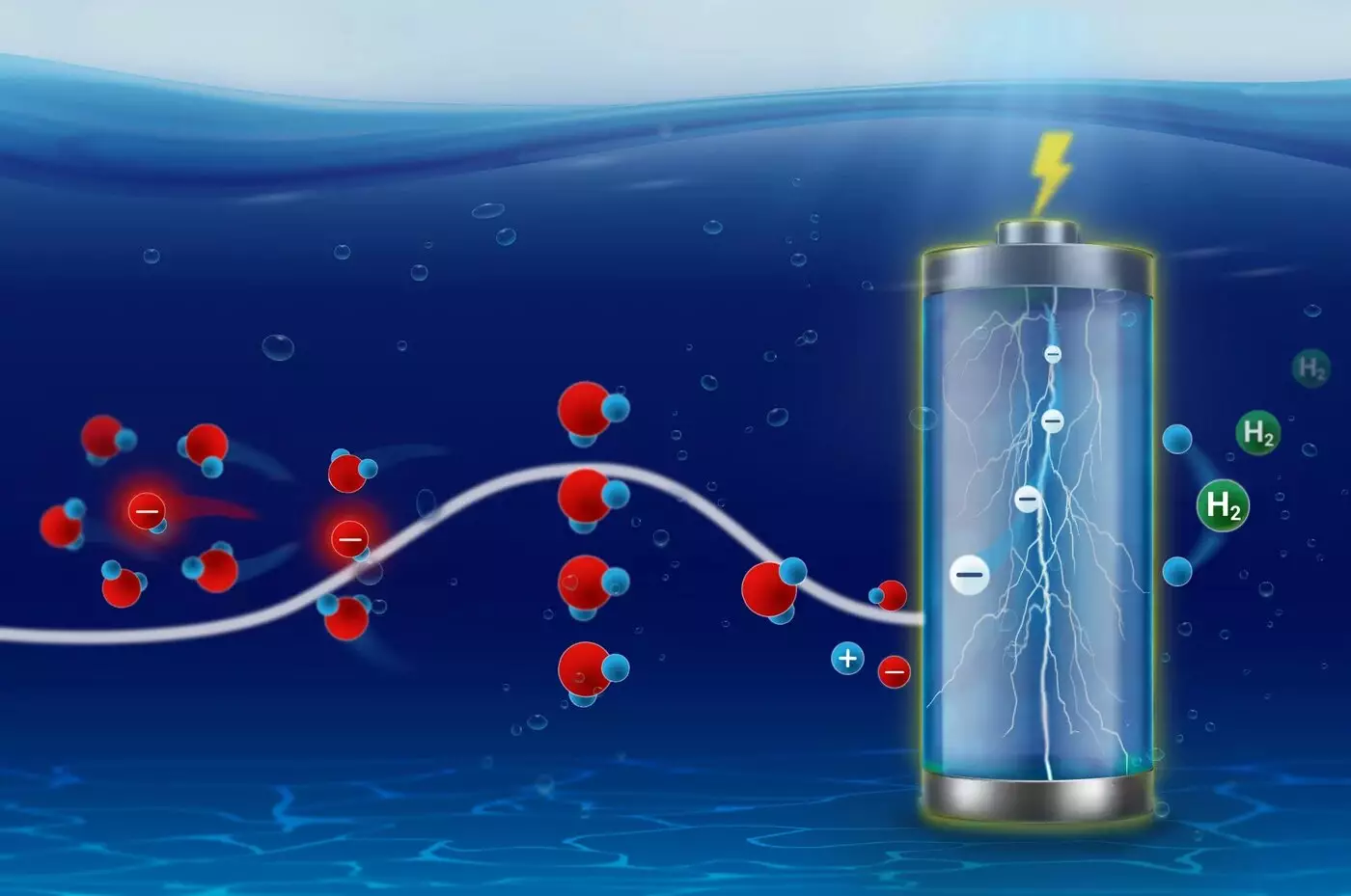In the realm of electrochemistry and biochemistry, the behavior of ions and their interactions with solvent molecules is of paramount importance. As ions move toward their destinations—be it battery cathodes, ion channels in cell membranes, or catalytic surfaces for chemical transformations—they encounter a crucial step: the reorganization of their solvation shell. This dynamic process significantly influences their subsequent actions, determining whether they can intercalate into materials, traverse membranes, or participate in chemical reactions. Recent investigations by the Interface Science Department at the Fritz-Haber Institute have illuminated the intricate connection between ion solvation and reaction kinetics, revealing insights that may have broad implications for energy technologies.
The research team introduced a novel analysis of interfacial ion solvation kinetics, highlighting a phenomenon known as compensation effects, which occur between activation entropy and enthalpy. When we think of ions navigating through a landscape of activation energy barriers, a key analogy emerges: akin to hiking up a mountain where higher altitudes yield more trails to explore, increased activation entropy enhances the likelihood of successful ion migration. By employing the foundational principles of transition state theory, specifically the Eyring-Evans-Polanyi equation, the researchers were able to dissect these kinetic parameters with remarkable precision and temporal resolution.
The breakthrough does not merely reside in theoretical underpinnings; it extends into the realm of practical applications. With their innovative techniques, the researchers can now observe the dynamic electrosorption of hydroxide ions on specific surface features of electrocatalysts, such as defects and step-edges. This capability provides an unprecedented depth of understanding regarding how these processes influence the kinetics of catalysis. According to Francisco Sarabia, the lead author of the study, the ability to interpret these interactions in real-time is transformative, allowing the team to unveil previously hidden insights about catalyst behavior during critical reactions, such as ammonia oxidation.
One of the pivotal revelations of this research is the critical role of activation entropy changes at the catalyst surface. Traditionally, activation energy has been the focal point in discussions of electrocatalytic behavior, often overshadowing other influential parameters. What the findings suggest is a paradigm shift, where activation entropy emerges as a vital consideration in explaining the observed non-Nernstian behavior of electrocatalytic reactions under varying pH conditions. This nuanced understanding signifies that the environment surrounding the catalyst—the interactions between solid structures and liquid electrolytes—plays an intrinsic role in dictating reaction dynamics.
The research indicates that the environmental factors surrounding catalysts are not merely secondary influences but integral components that shape their activity, selectivity, and longevity. The study reinforces the idea that to design more effective catalysts for applications in energy conversion and chemical synthesis, one must consider the complex interplay of physical and chemical phenomena occurring at their surfaces. Led by Professor Beatriz Roldán Cuenya, the Interface Science Department is poised to continue probing these intricate relationships, striving for innovations that could optimize catalyst performance.
These advancements in understanding ion solvation kinetics and its implications for electrocatalysis underscore a pivotal shift in how scientists approach catalyst development. As we delve deeper into these interactions, the promise of tailoring catalysts with enhanced attributes becomes more attainable. By integrating real-time spectroscopic and microscopic insights with kinetic measurements, the research community stands at the forefront of revolutionizing energy and chemical conversion methodologies. The journey towards achieving sustainable energy solutions continues, driven by the pursuit of knowledge regarding the fundamental mechanisms at play in electrochemical processes.

